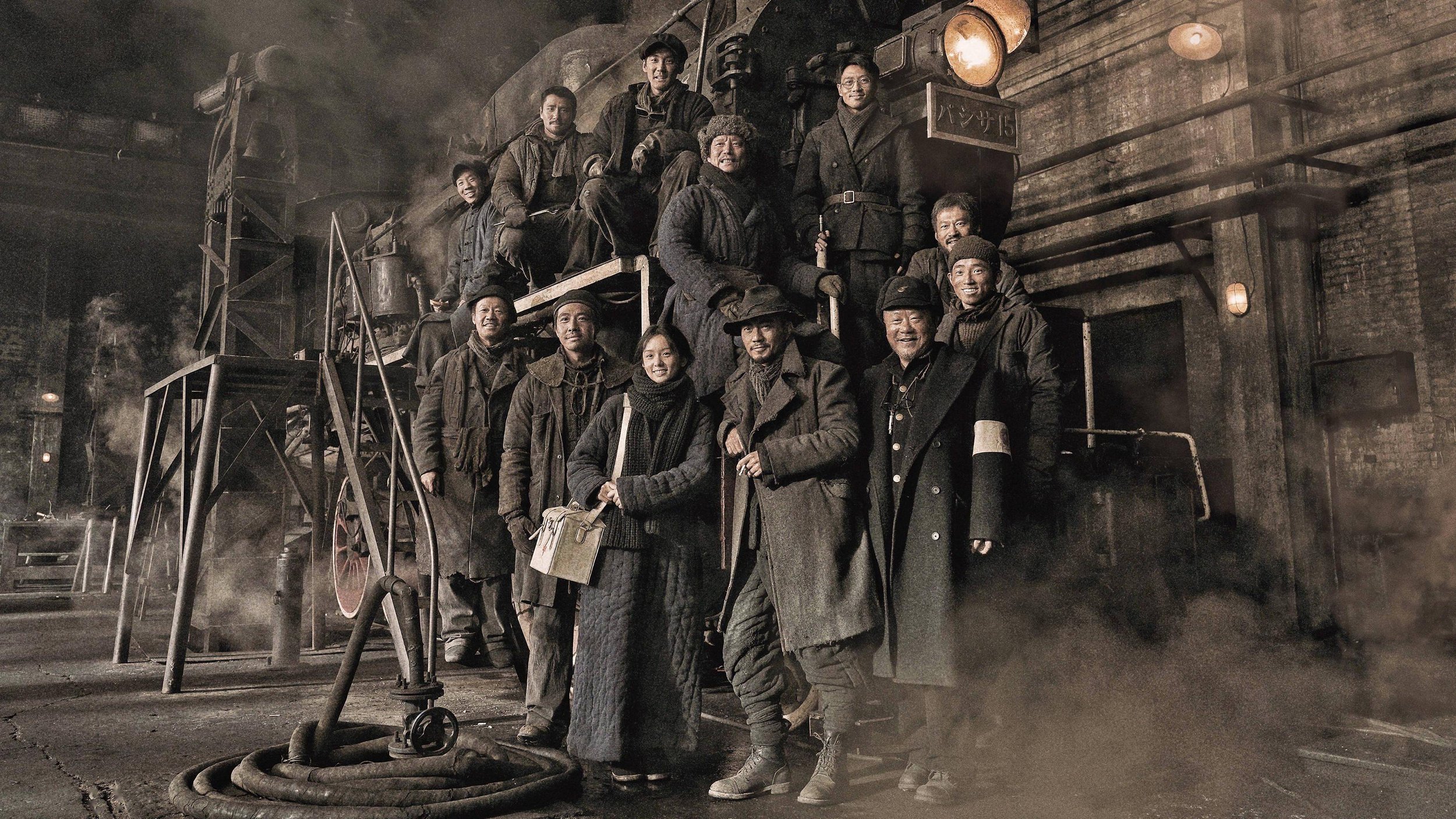Railway Guerrilla Stories Retold in China
Railway Heroes (2021) certainly has its fair share of scenes that leave a lasting impression on the viewer: heavy snowfall, a speeding train, cloaked figures galloping on horseback through the dead of night. Released in November of last year, Railway Heroes tells the story of an armed guerrilla unit allied with the Communists during the Second Sino-Japanese War (1937-45), in which the Japanese invaded most of north and south-eastern China, seizing Chinese railways and road systems to transport Japanese troops, weapons, and raw materials.
The release of Railway Heroes has caused many to draw parallels with the film Railroad Guerrilla (1956), released not long after the founding of the PRC. The similarities are glaringly obvious: both concern the subject of China’s railways during the Second Sino-Japanese War, and both depict young patriotic Chinese fighting for the preservation of Chinese sovereignty against the encroaching Japanese army. In fact, Railway Heroes is adapted from a novel of the same name as the 1956 movie, Railroad Guerrilla, published in 1954 by writer Liu Zhixia. Indeed, the main plot of Railway Heroes relates to a distinct category of Chinese cinema and TV drama prevalent since the 1950s – the resistance movie genre.
Screenshot from Railway Guerrilla (1956) depicting Chinese rebel fighters (Source: Bingbing Shi)
When figuring out how to adapt the original novel, Railway Guerrilla’s director Zhao Ming made realism a central concern. This involved making the film’s setting - the Jinpu Railway Line, an important transportation line used by Japanese soldiers to carry supplies during the war - appear as authentic as possible to the film’s viewers, providing them with a sense of the action unfolding before their eyes. Zhao Ming, perhaps aware of other films depicting the same subject, such as Sun Li’s classic Guerrillas on the Plain (1955), predicted that by making moving trains one of the main focuses of the film he could attract a larger audience. After all, many of China’s peasants at the time had never seen trains while city dwellers, although certainly aware of their existence, knew relatively little about how they functioned or what they looked like up close. As predicted, the film was an enormous hit – a feat, many believe, pulled off by Zhao’s decision to depict with visual clarity the sense of strangeness created by a moving locomotive on screen, a mammoth object advancing wrathfully across Shandong’s barren landscape with smoke billowing from the top of its body.
The 1956 film’s main characters include a cohort of railway workers, coal shovelers and peasants who live along the full length of the Jinpu Railway. In addition to disrupting Japanese supply trains and occasionally looting the content of passing freights, this band of downtrodden rebels cooperate with the Communists to repel Japanese troops, using their intimate knowledge of Shandong’s landscape and their ability to remain mobile as a strategic advantage against Japan’s slow-moving imperial army.
The group’s ringleader, Liu Hong, is bold, decisive and popular among his comrades. On the other hand, Mrs. Fanglin is shown as brave and considerate. She offers her home as a safe house as well as helping to investigate, deliver and post letters. She attends to the wounded and assists in identifying enemy holdouts. Eventually, after being arrested by the Japanese, she is tortured for her involvement with Liu Hong’s guerrilla unit but refuses to divulge information on the whereabouts of her comrades. Of course, the film wouldn’t be complete without a romantic twist, and this is where Zhao Ming unabashedly manages to couple Liu Hong and Mrs. Fanglin as a pair of rebel lovers, somewhat out the blue. The film also depicts other characters with vivid detail, such as Wang Qiang, a cunning strategist, and Lu Han, an alcoholic who nonetheless fights bravely for the survival of his unit.
To create visual authenticity during filming, Zhao Ming used real trains to faithfully reconstruct the chaotic scene of guerrilla warfare along the Jinpu Railway. Zhao’s excessive commitment to the reconstruction of such scenes shows his determination to do Jinpu’s guerrilla fighters justice. According to some actors’ memoires, they were required to run alongside moving trains, grab onto the handles of carriages and jump aboard.
The novel Railway Guerrilla has been adapted serval times for the big screen, with each new major release corresponding to a significant anniversary of the Sino-Japanese war. Keeping with this tradition, a TV drama based on the novel was released in 1985, on the 40th anniversary of the war. Then, in 2016, on the 70th anniversary, another film was released based on the original novel. This adaption (Railroad Tigers by Ding Sheng and starring Jackie Chan) sought to distinguish itself from previous productions by combining elements of a historical drama with a modern-day action movie, culminating in something more resembling Rambo then a tale of resistance fighters in China’s dusty northwest. In 2021, the blockbuster Railway Heroes was released to much fanfare, featuring famous Chinese actors such as Zhang Hanyu.
Poster from Railway Heroes (2021) (Source: IMBD)
The release of Railway Heroes signifies the re-emergence of ‘Red Classics’ as a popular tradition within Chinese cinema. Mirroring the popularity of the original 1956 adaption with China’s peasants and city-dwellers alike, Railway Heroes once again renders the classic story accessible to China’s peasants, many of whom still lack educational opportunities in the 21st century. Of course, other elements have been added in to make the film more appealing for a contemporary audience, while certain outdated scenes have been scrapped. Nevertheless, the spirit of China’s guerrilla fighters remains a favourite subject among contemporary Chinese audiences and a potent expression of Chinese people’s unwillingness to give up amidst an increasingly stressful social and political environment.

